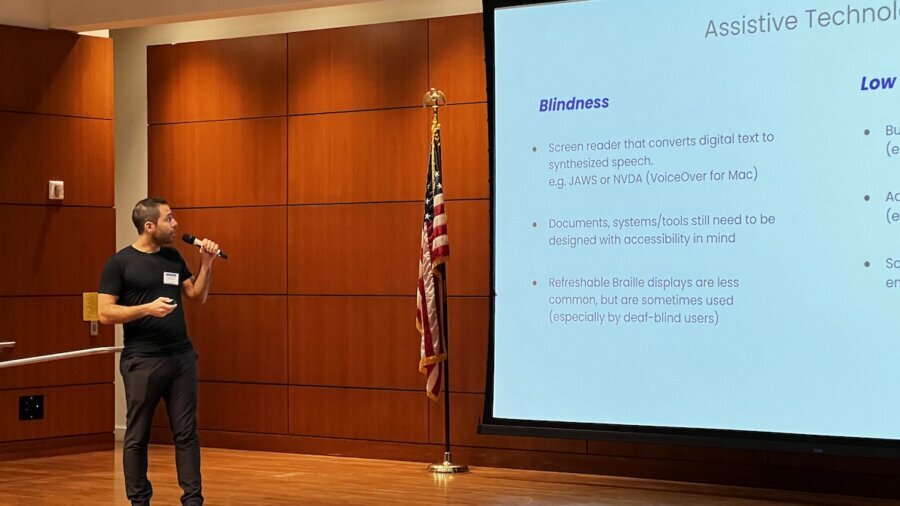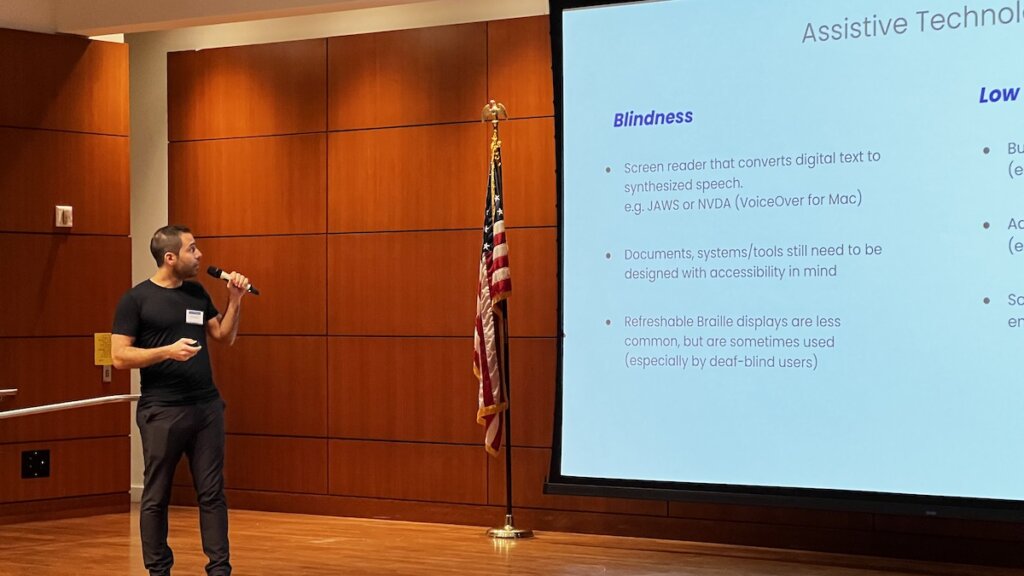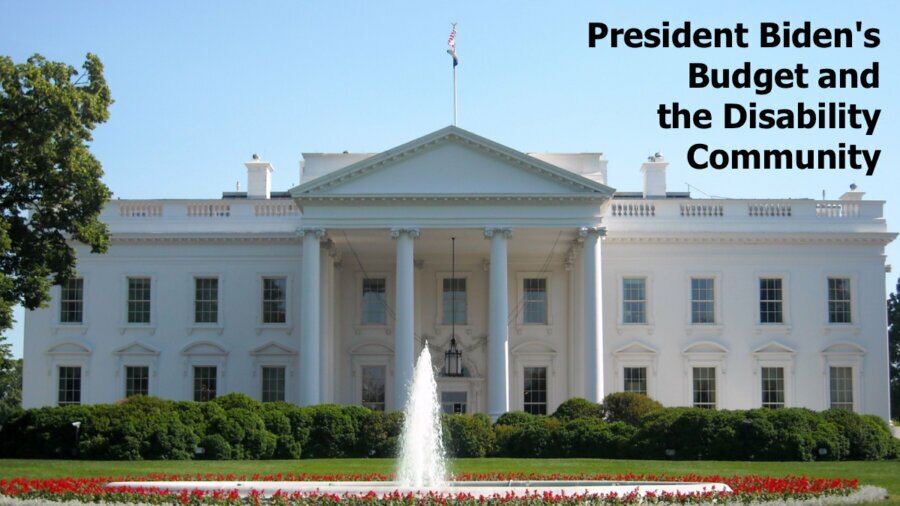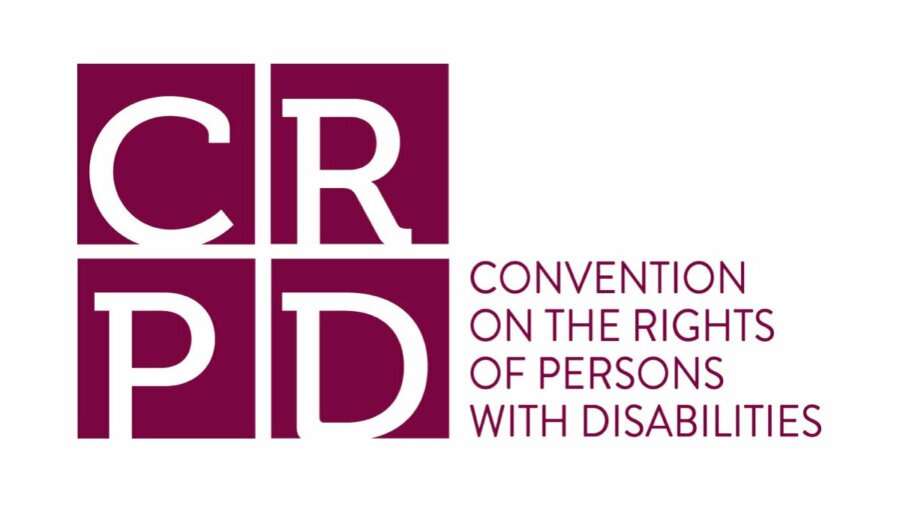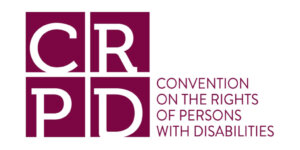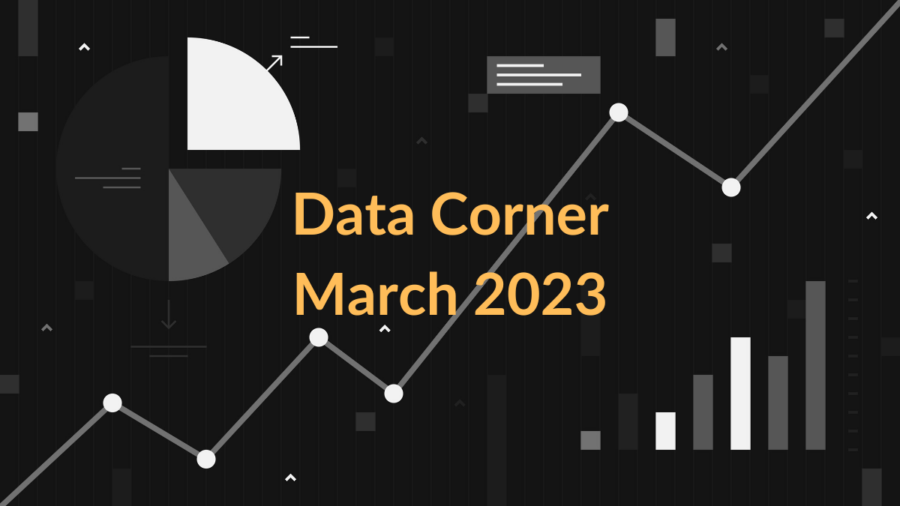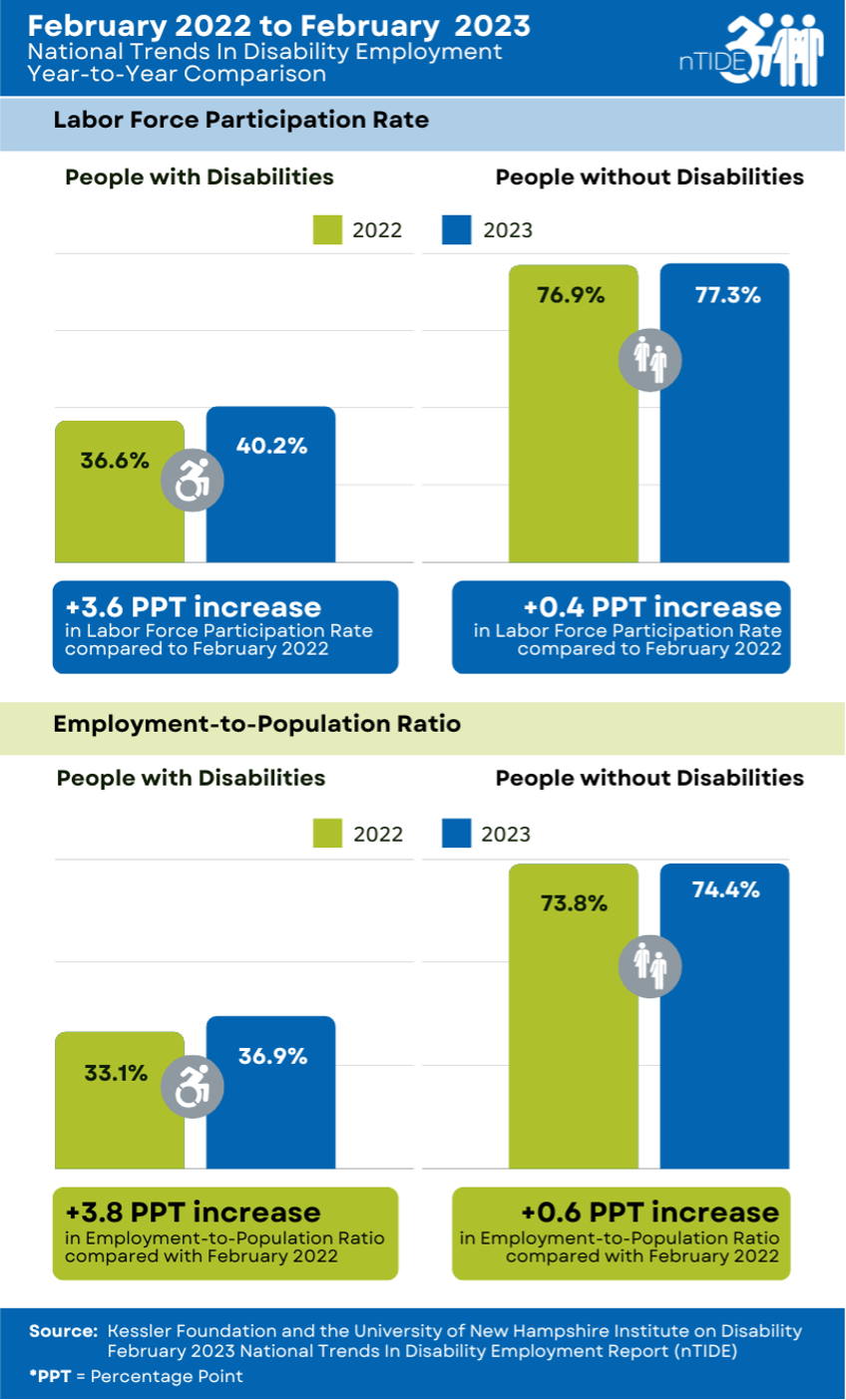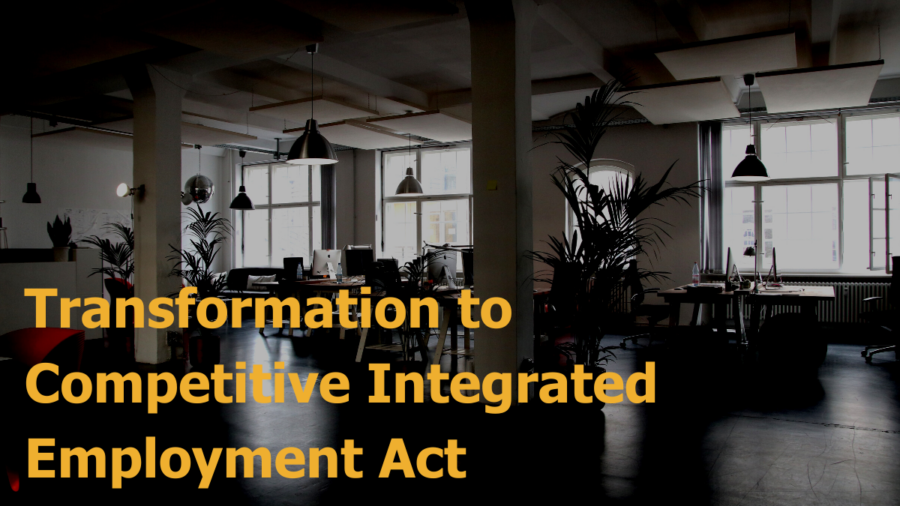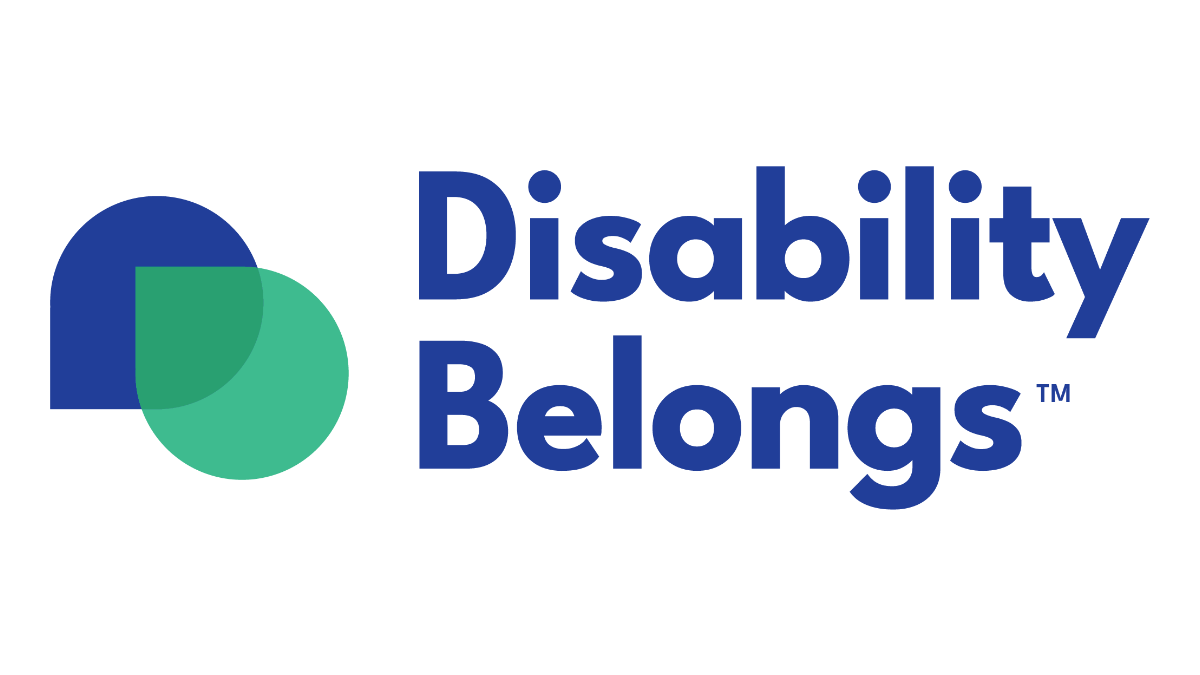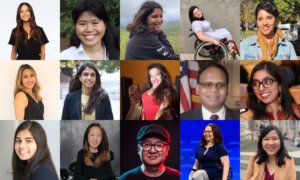 The intersection of identity with disability uniquely affects people of all races. For Asian-Americans and Pacific Islanders (AAPI) this is compounded by the fact that AAPIs are a wildly diverse ethnic group and have an equally diverse range of experiences. With a population expected to surpass 40 million by 2060, and 1.3 million disabled, it is important to understand the intersection between AAPI identity and the disability experience. There is no better time to address these issues than in May while we observe AAPI Heritage Month. Historically AAPIs, especially AAPIs with disabilities, have been underrepresented in disability studies. Surveys on disability often lump this diverse group together as “Asian,” which includes 20 distinct nationalities in the US Census. Despite the size and vibrancy of the AAPI population, the visibility of AAPIs with disabilities remains low. Disclosure of disability is essential for access to services, and yet disclosure among AAPIs is lower than in other ethnic groups.
The intersection of identity with disability uniquely affects people of all races. For Asian-Americans and Pacific Islanders (AAPI) this is compounded by the fact that AAPIs are a wildly diverse ethnic group and have an equally diverse range of experiences. With a population expected to surpass 40 million by 2060, and 1.3 million disabled, it is important to understand the intersection between AAPI identity and the disability experience. There is no better time to address these issues than in May while we observe AAPI Heritage Month. Historically AAPIs, especially AAPIs with disabilities, have been underrepresented in disability studies. Surveys on disability often lump this diverse group together as “Asian,” which includes 20 distinct nationalities in the US Census. Despite the size and vibrancy of the AAPI population, the visibility of AAPIs with disabilities remains low. Disclosure of disability is essential for access to services, and yet disclosure among AAPIs is lower than in other ethnic groups.
Reticence to disclose a disability in the AAPI community can be due to the internalization of harmful stereotypes. One of the most pervasive of these stereotypes is the “model minority” myth, in which AAPIs are described as being more smart, successful, or hardworking than other minority groups. This idealized image is limiting, can create a divide between AAPIs and other minority groups, and does not allow room for the disability experience. The “model minority” myth masks or disguises the disability experience of AAPIs and has contributed to a lack of research and debate about this issue. The social pressures of conformity may also increase the reticence of individuals to disclose disability status. This can reduce access to medical assistance, employment accommodations, and other disability services. Once disabled AAPIs do gain access to disability services, some—particularly those who are first or second-generation immigrants—encounter language barriers that can further reduce their access to services, a problem that is only amplified by lack of culturally competent service providers. [continue reading…]


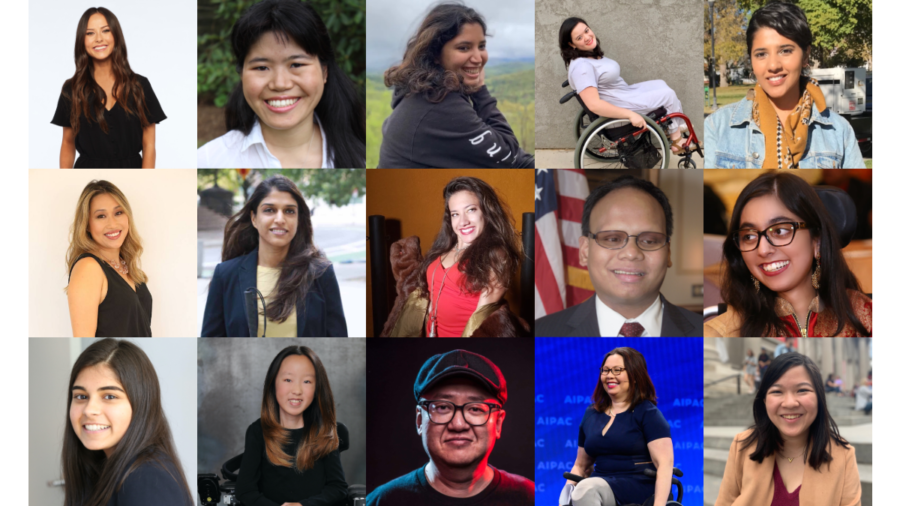
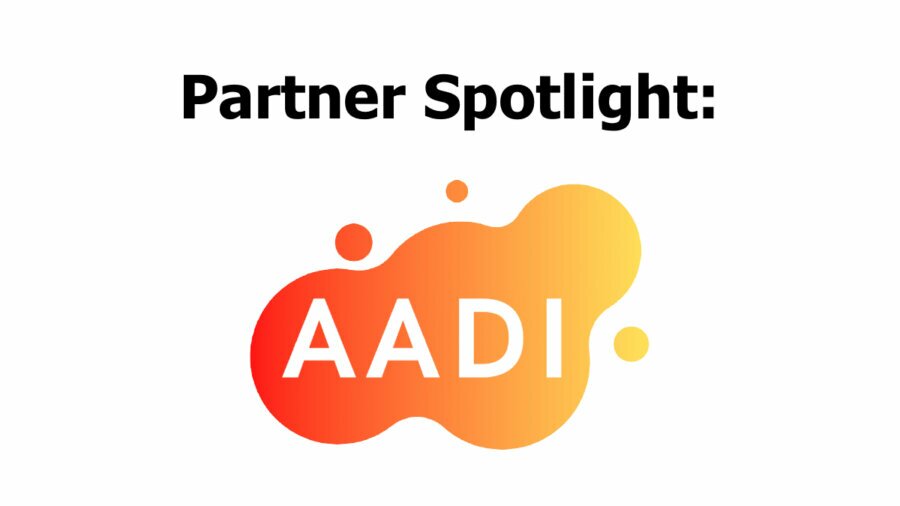
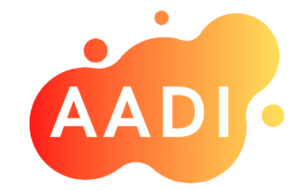 In this month’s partner spotlight, we look at the fantastic work the Asian Americans with Disabilities Initiative (AADI) is doing. AADI seeks to bring a haven for Asian Americans with disabilities online and in person.
In this month’s partner spotlight, we look at the fantastic work the Asian Americans with Disabilities Initiative (AADI) is doing. AADI seeks to bring a haven for Asian Americans with disabilities online and in person.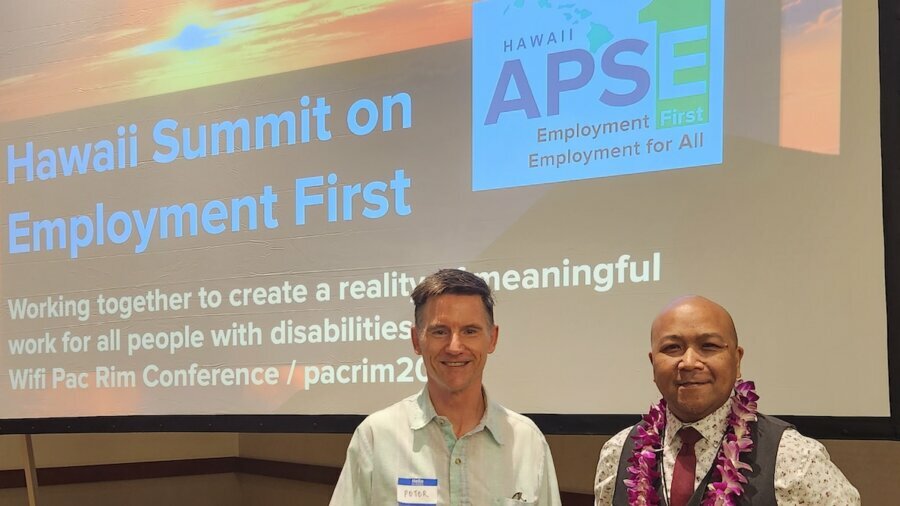
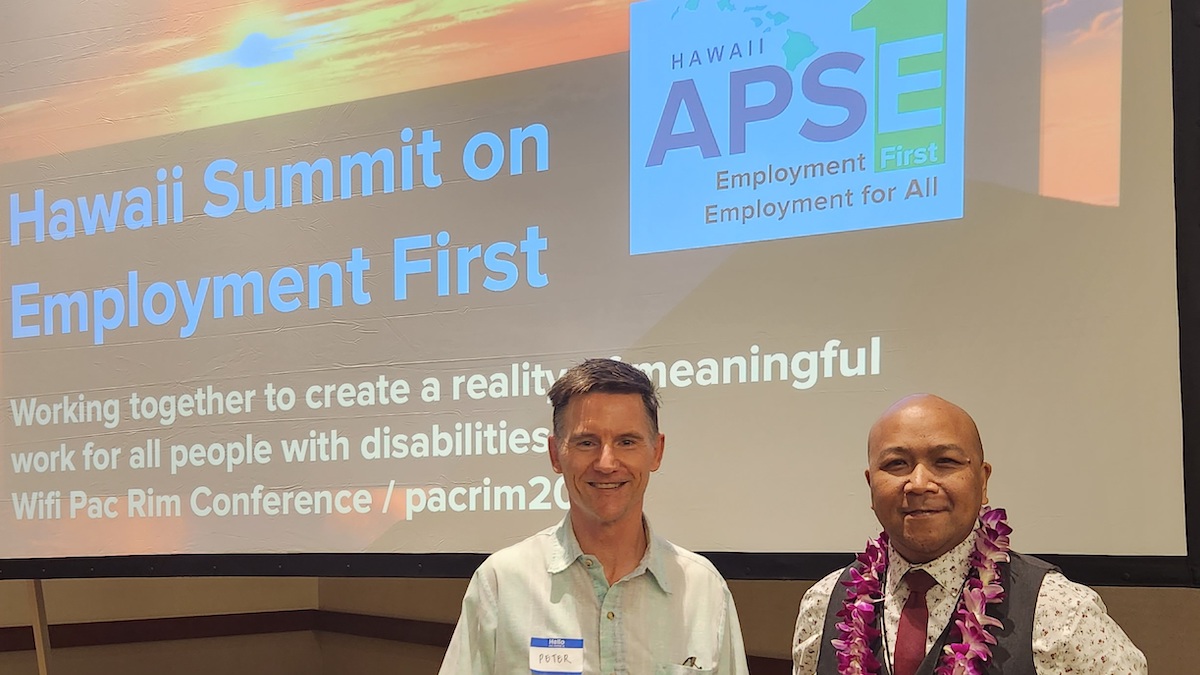
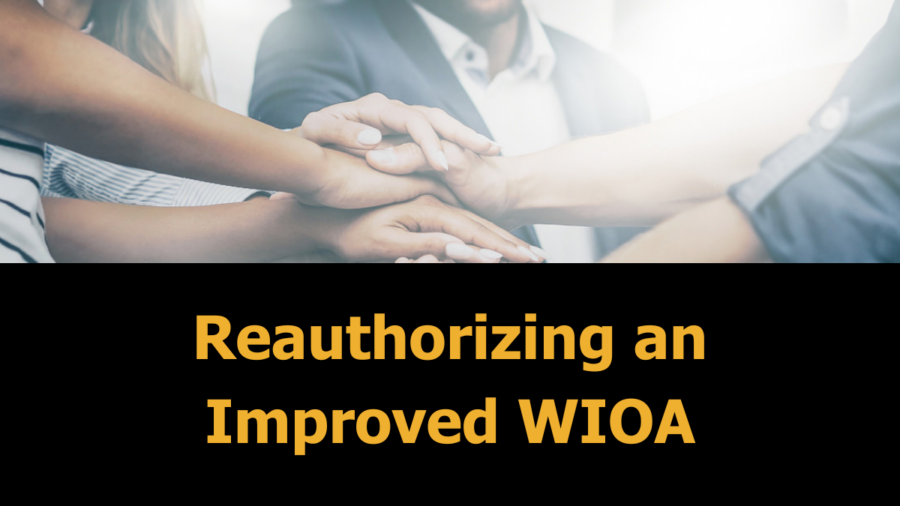
 Our nation’s workforce system is a crucial aspect of the economy. It consists of many organizations, laws, and programs that connect people to jobs. But one significant component of the modern workforce system is in need of reauthorization.
Our nation’s workforce system is a crucial aspect of the economy. It consists of many organizations, laws, and programs that connect people to jobs. But one significant component of the modern workforce system is in need of reauthorization.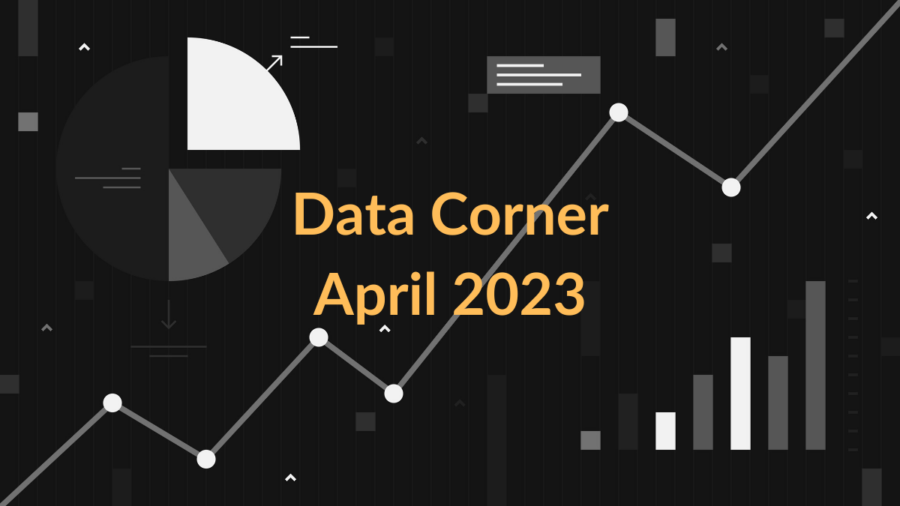
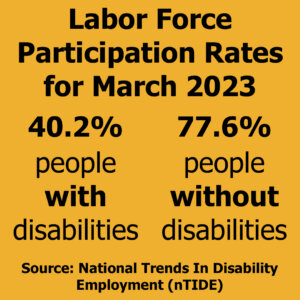 This month’s Data Corner again examines the tracking data of
This month’s Data Corner again examines the tracking data of 